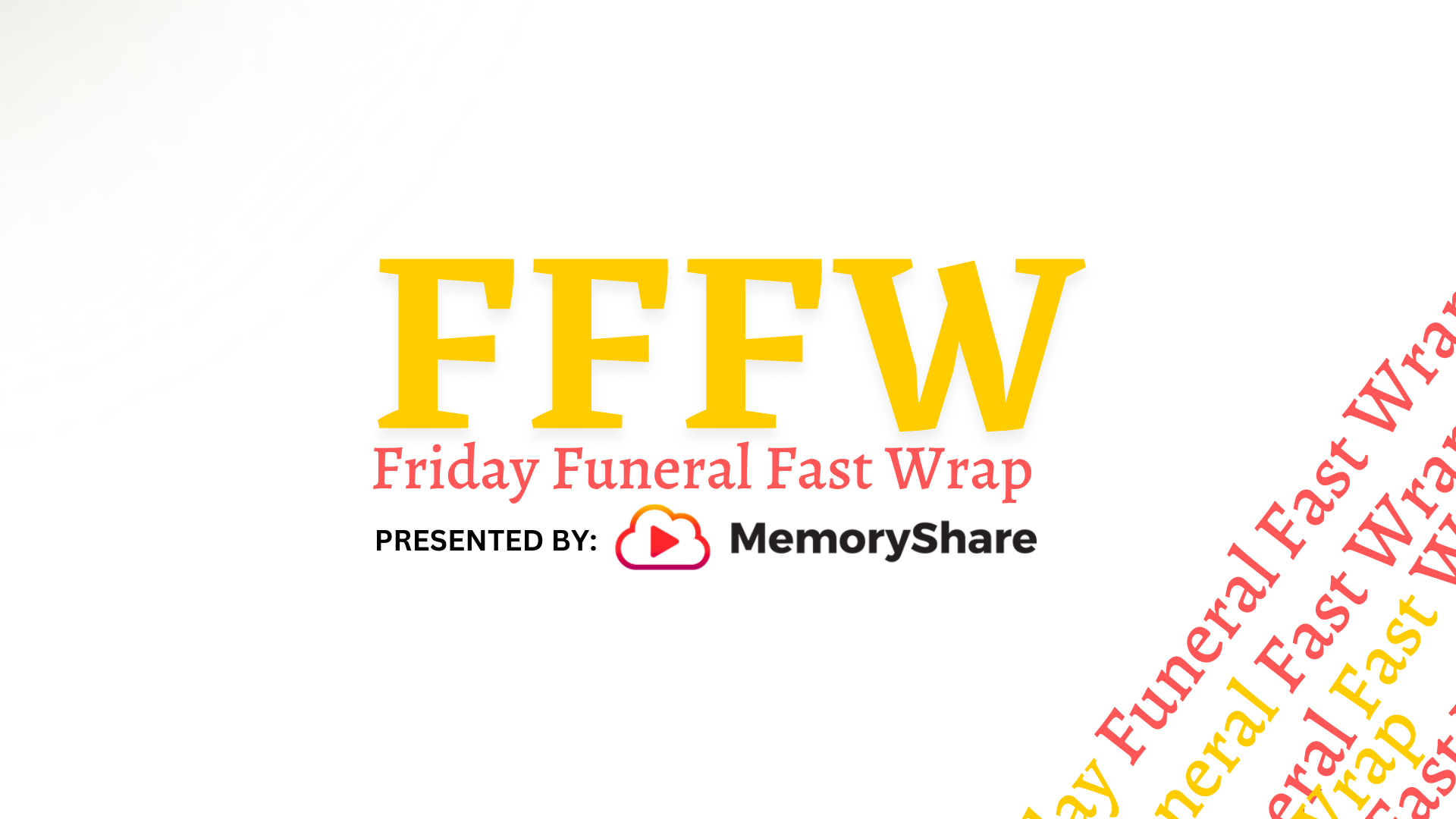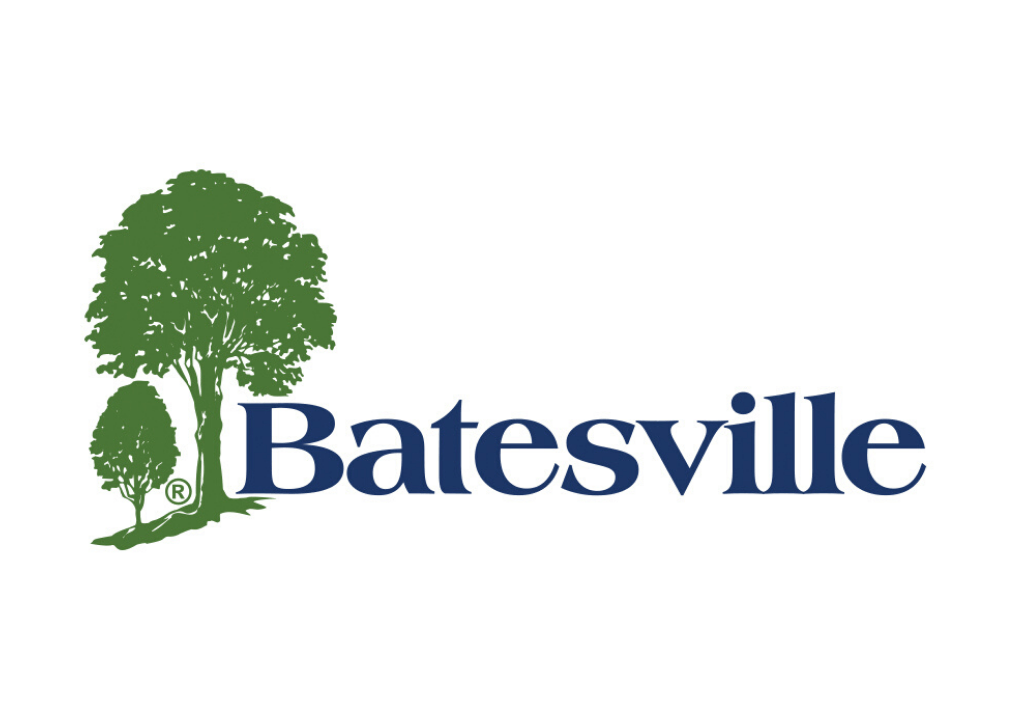When Embalming is Beautiful
Article By Caleb Wilde, Confessions of a Funeral Director
Death sits in paradox. In it we find impossible co-mixtures of intrinsic opposites. Perhaps, this is why death is the muse of so many philosophers and theologians.
For example, in death we find the cohabitation of utter darkness and blinding light. The darkness of separation, of grief, of powerlessness; and yet the light of community, of togetherness and the power of love.
In death we find the conflicting desire for both words and silence. There’s everything to be said and yet nothing to be spoken.
We find the mixture of both the sacred and the profane. We curse, we fight within ourselves and without. Within the same breath, we both curse deity and praise the divine. In death, we find our most earthly reality and yet our most transcendent thoughts all jumbled together.
And in death, we find both the repulsive and the beautiful. This tension of paradox in death is perhaps nowhere more apparent in the gruesome and yet beautiful art of embalming.
The needles, the scalpels, the trocar, the rending of human flesh, the blood, the visceral fanning, the embalming fluid (I recently documented some of this process in this blog post, “Ten Things We Use When Embalming”). Even without embalming, death is repulsive to our daily sensibilities: the skin skip, the defecation, the bloating, the decomposition.
****
I don’t like embalming children. I suppose no embalmer enjoys it. Although some embalmers, because of years of building up an immunity to the sight, tolerate it more than others. I can’t tolerate it. The fact that my wife and I are infertile has — for some reason — made me extra sensitive to the sight of dead children … or at least that’s the reason I give for the sickness I feel when seeing a child’s corpse.
He was three years old. An all too young victim of cancer. I returned from the Children’s Hospital with his withered corpse and found my grandfather — dressed in his embalming gear — awaiting me in the morgue. That day we had a couple death calls and I had other work to do, so I left my grandfather alone to embalm this young body that had been emaciated by the cancer and the chemo. In fact, I didn’t even offer to assist my grandfather because I knew the embalming experience would put me in a horrible mood for the rest of the week.
Two hours later I stuck my head in the morgue to peak at my grandfather’s results. And what I saw was nothing like the boy I had brought back from the hospital. His skin, which had been a greenish tone, was now a healthy looking flesh tone. All the indentations on his face from the breathing machines, all the tube and machine imprints that had marked his body had been worked out by my grandfather’s expert work. Even the boy’s weight looked more natural, as the embalming filled out the weight the cancer had taken.
“It’s the good Lord!”, my grandfather responded when I complimented the embalming job. “He always helps me through the tough ones”, he exclaimed.
****
The day of the service came. The boy was dressed in a freshly bought suit and laid out in his small, white casket. Flowers from his family flanked either side. My grandfather had worked tirelessly getting the clothes and makeup just right. And I could tell, by the tired look on his face, that this had pushed him to his physical and emotional limits.
An hour before the public viewing started, the paternal and maternal grandparents and boy’s mom and dad all came into our funeral home’s little chapel together to have their small private viewing. The tears started flowing. My grandfather stood — as is his custom — right in the middle of the family, with his arms around the shoulders of whoever is closest to him. Today, his arms were around the boy’s father and mother.
After a minute of staring in silent tears, the boy’s father embraced my grandfather. Laying his head on my grandfather’s shoulder, he started sobbing and choking out the words, “Thank you. Thank you. Thank you ….”
It’s a paradox, you see, how something so repulsive as embalming can create something so beautiful.




